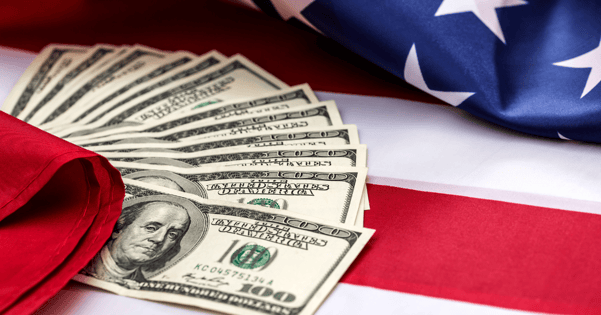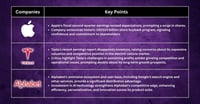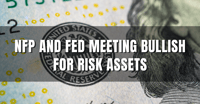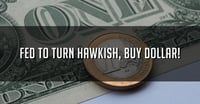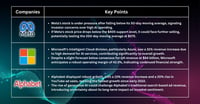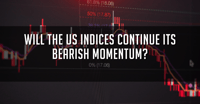The gains in jobs and wages are inconsistent with the central bank’s goal of stable prices. That means the Fed may continue raising the rates, which is good news for the dollar.
Nonfarm payrolls jumped 528,000 in July, bringing the unemployment rate to just 3.5%, matching the lowest level since 1969. Where the household and establishment surveys had sent mixed signals in previous months, the latest data showed unambiguously that the labour market remained red hot in July. Average hourly earnings rose 0.5% last month from a month earlier, pushing the year-over-year rate to 5.2%.
Good news seems to be bad news in these financial markets, especially when the focus is on Fed policy now, and everything turns back to what it meant for a Fed intent on breaking the back of the worst inflation in 40 years.
Those labour market numbers strike fear into the hearts of traders, who instinctively know that they will embolden the Fed to raise interest rates even higher, with two-year Treasury yields surging 20 basis points daily. Traders are right because the brisk pace of wage increases and the tight labour market is simply inconsistent with the Fed’s goal of stable prices.
Companies cannot stop raising the prices of goods and services while they are dishing out salary raises at this pace. Fed Chair Jerome Powell is likely to see the latest report as a green light to stay aggressive with his interest-rate increases, including a 75-basis-point one at the September meeting.
So how much pain in the job market will be necessary to get inflation under control? Nobody wants to see people lose their jobs, but the Fed governors and presidents who vote on monetary policy all seem to acknowledge that curbing inflation will entail some level of trade-off with unemployment. Everyone who submitted estimates for the Fed’s summary of economic projections forecasts unemployment reaching at least 3.9% by the end of 2024 — the median was 4.1% — and those estimates will likely be revised up in September.
Governor Michelle Bowman said that the Federal Reserve should keep considering large hikes like the 75 basis-point increase approved last month until inflation meaningfully declines.
Bowman added that she supported last month’s rate increase and backed the move away from offering specific forward guidance at the press conferences following policy meetings.
Policymakers lifted rates by 75 basis points in July and June, part of an aggressive tightening campaign to cool inflation running at the fastest pace in 40 years. A strong jobs report released Friday adds more pressure on the Fed to make another big move in September to cool demand and bring price gains under control.
The US economy added 528,000 jobs in July, more than double estimates, and the unemployment rate fell to 3.5%, matching a five-decade low.
Fullerton Markets Research Team
Your Committed Trading Partner


